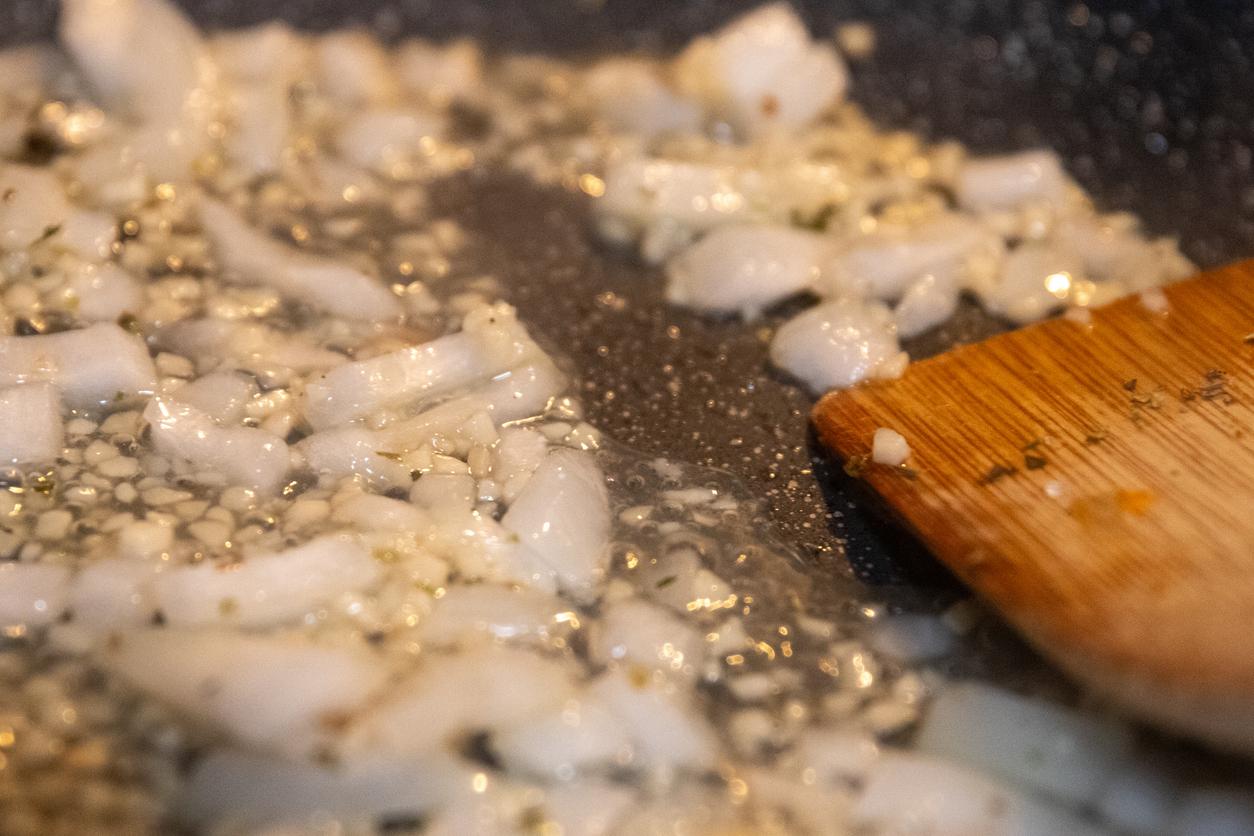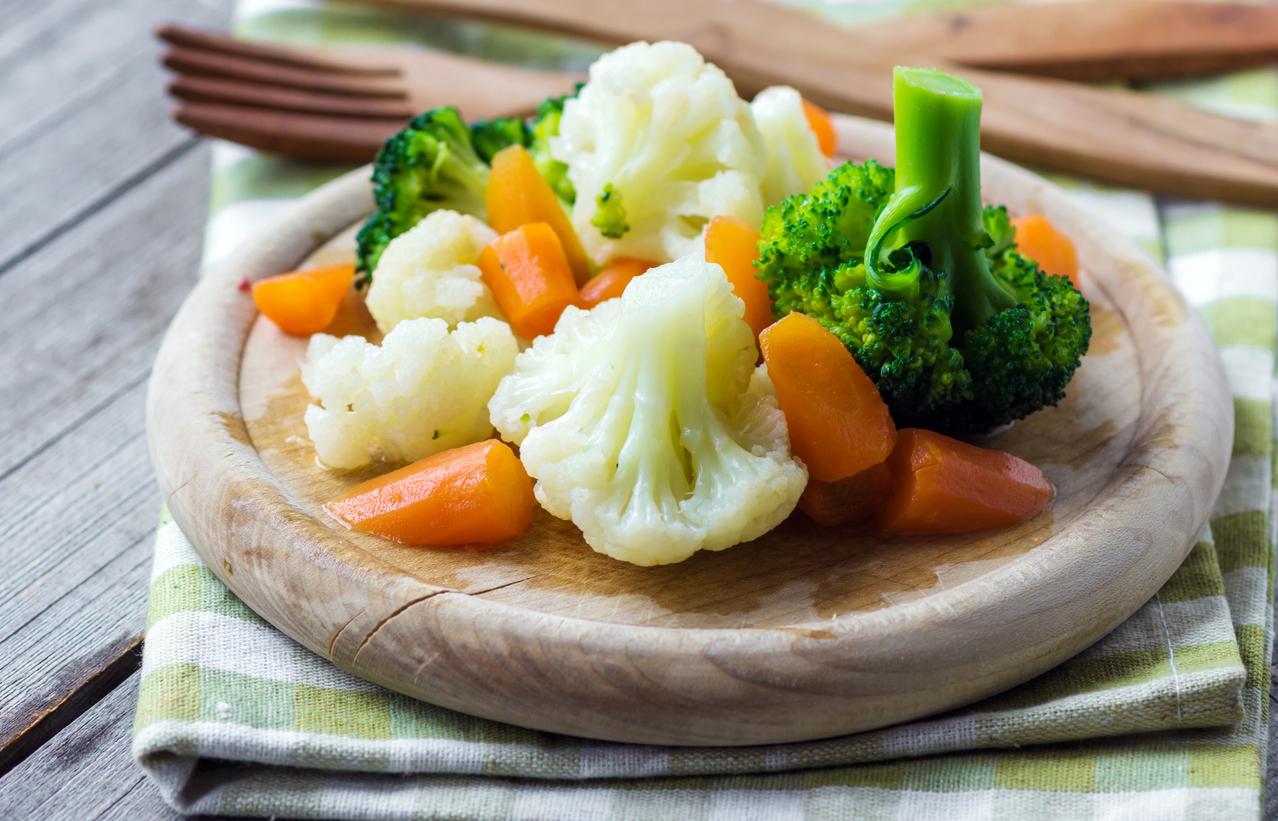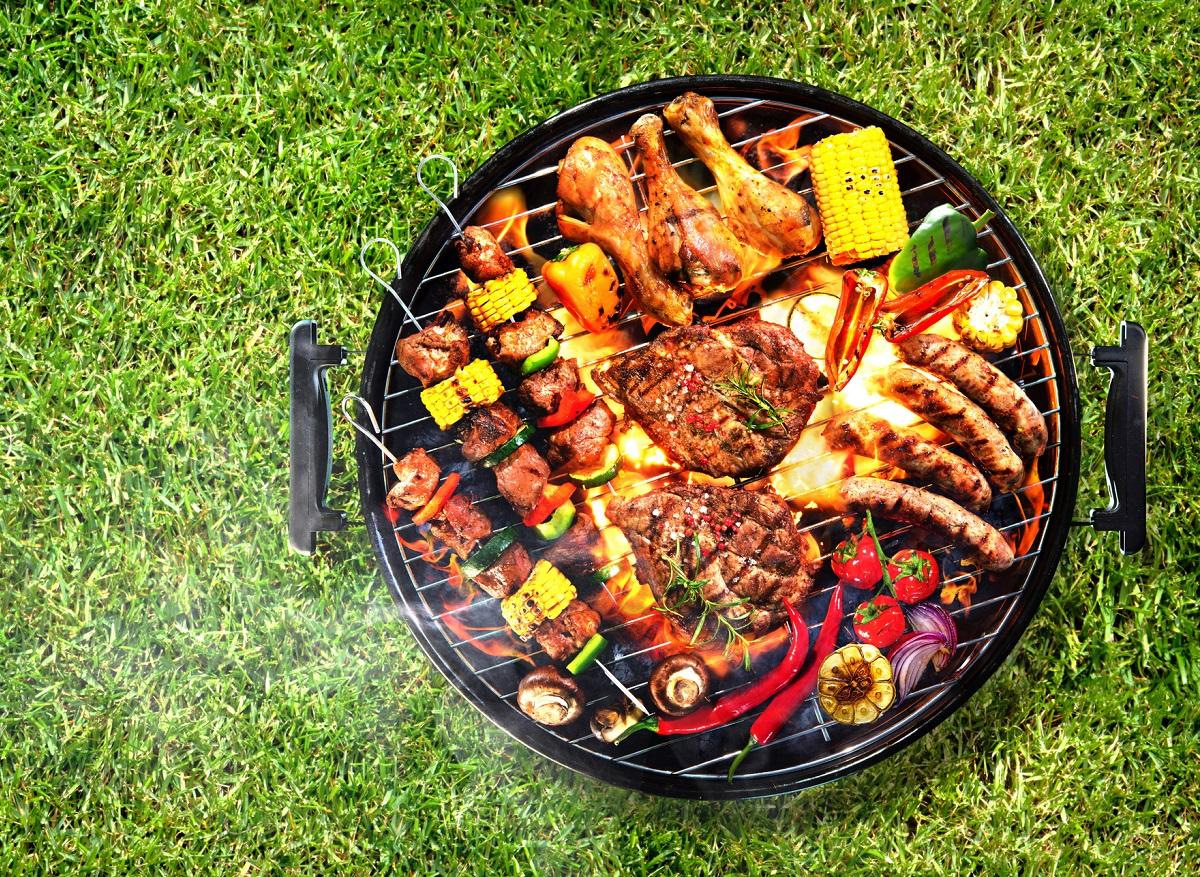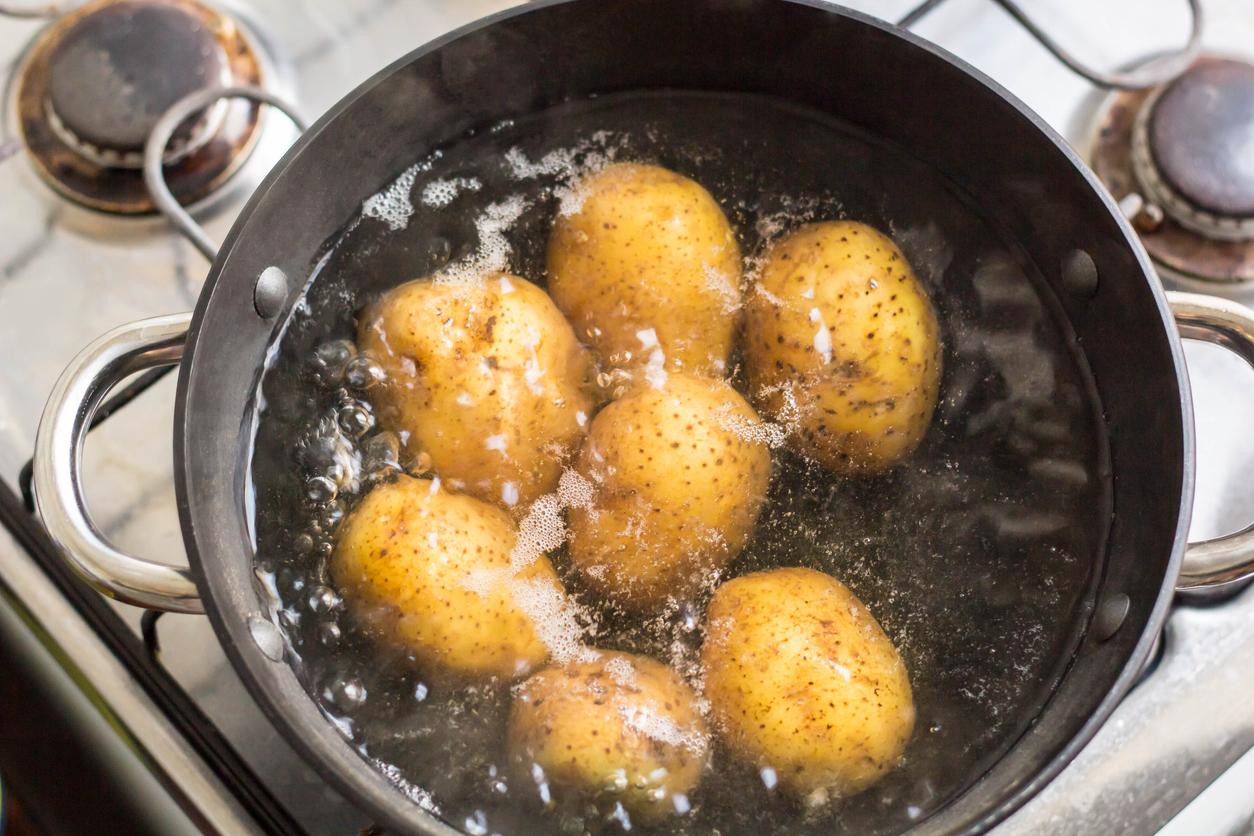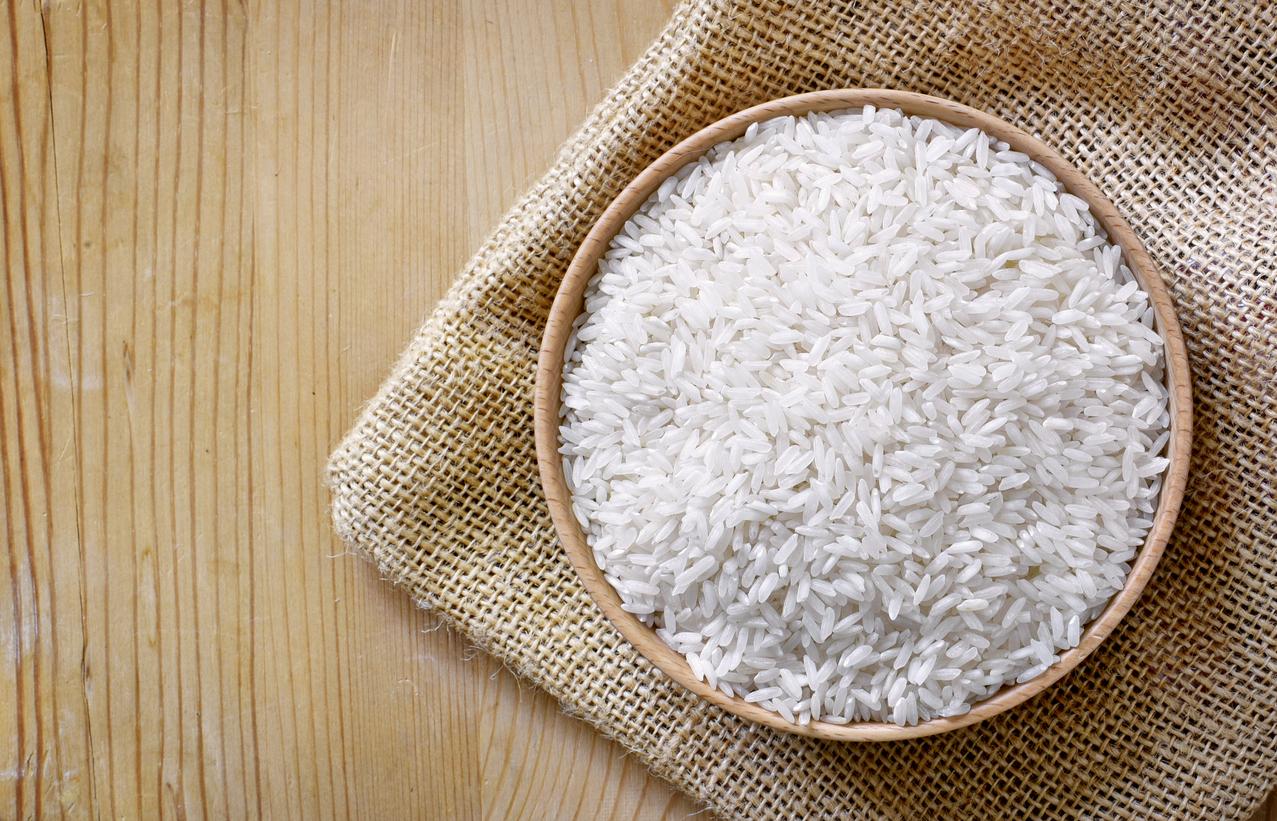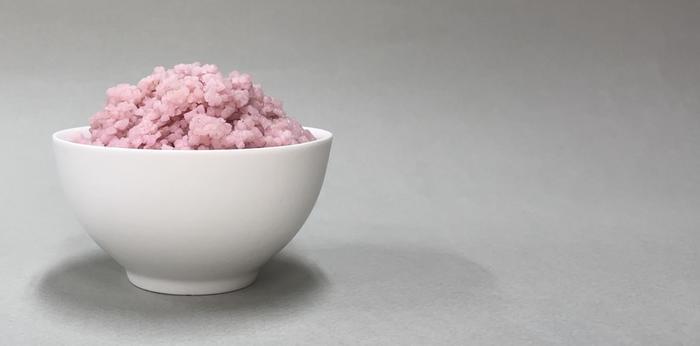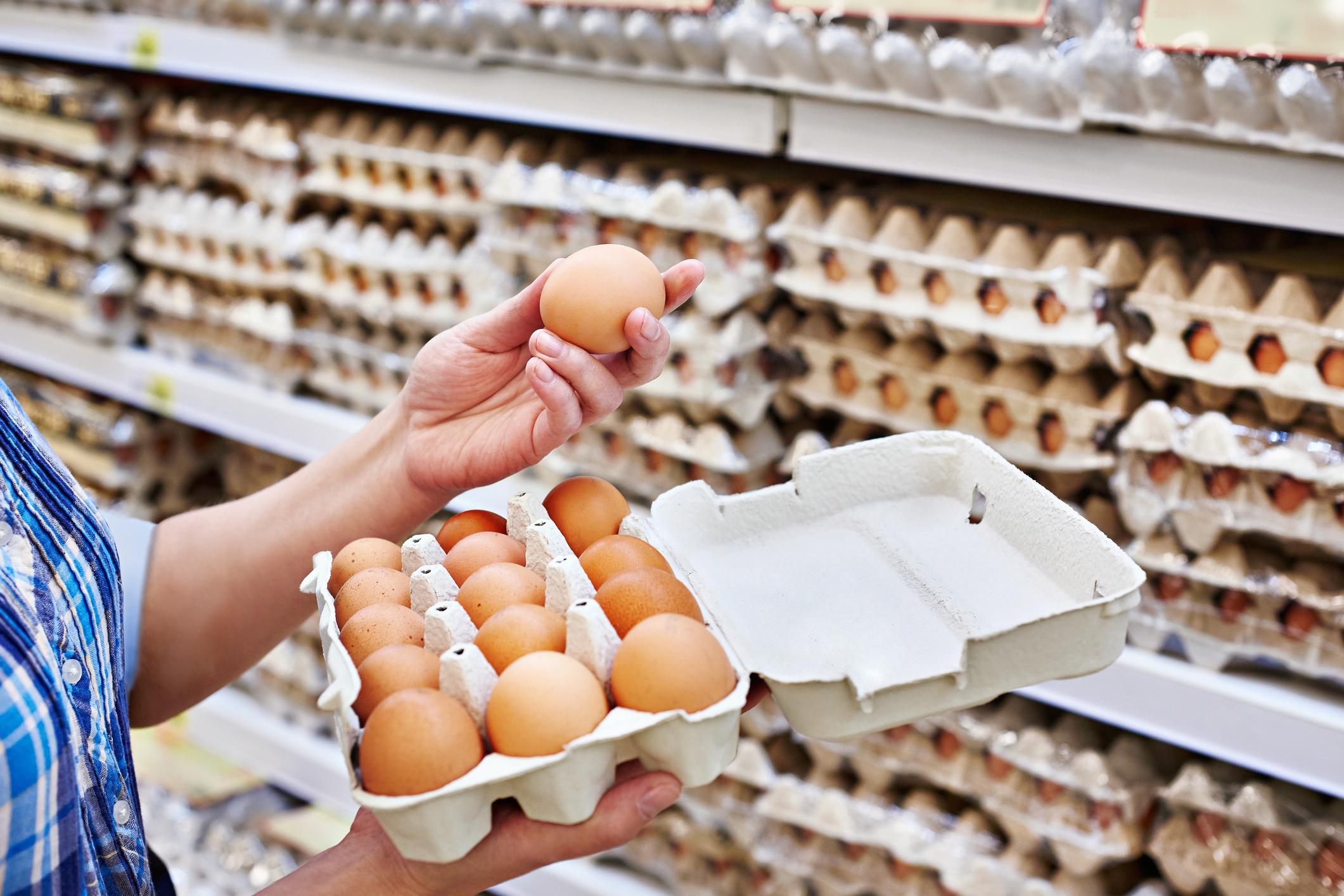Rice is an essential food for billions of people in Asia and Africa. It’s also a versatile ingredient that goes into many iconic dishes around the world, like dolmades in Greece, risottos in Italy, paella in Spain and rice puddings in the UK.
Despite its universal appeal, the question in every kitchen, whether professional or personal, is whether to pre-wash (or rinse) rice before cooking it.
What do chefs and cooks think?
Culinary experts claim that pre-washing rice reduces the amount of starch from the rice grains. Some studies have confirmed that it is the free starch (amylose) on the surface of the rice grain, resulting from the milling process, that clouds the rinse water.
In the culinary world, washing is recommended for certain dishes that require a separate grain. On the other hand, for other dishes such as risottos, paella and rice puddings (in which a sticky and creamy effect is desired), washing is to be avoided.
Other factors, such as the type of rice, family tradition, local health advisories, and even the time and effort required, influence the choice of rice prewash.
Is there any evidence that washing rice makes it less sticky?
A recent study compared the effect of washing on the stickiness and hardness of three different types of rice from the same supplier. The three types were glutinous rice (sticky rice), medium-grain rice, and jasmine rice. These different rices were either unwashed, washed three times with water, or washed ten times with water.
Contrary to what chefs will tell you, this study indicated that the washing process had no effect on the stickiness (or hardness) of the rice.
Instead, the scientists demonstrated that the stickiness was not due to the surface starch (amylose), but rather to another starch called amylopectin, which is extracted from the rice grain during the cooking process. The amount of amylopectin that is leached out differs from one type of rice grain to another.
It is therefore the variety of rice, rather than the fact of washing the rice, which gives it its sticky characteristic. In this study, glutinous rice was the most sticky, while medium-grain rice and jasmine rice were less sticky and also harder (crunchier) in laboratory tests (hardness is representative of textures associated with chewing).
It is still useful to wash the rice
Traditionally, rice was washed to remove dust, insects, small pebbles and pieces of bark left over from the rice husking process. This can still be important in some parts of the world where the transformation process is not as meticulous, and can provide some peace of mind.
More recently, with the abundant use of plastics in the food supply chain, microplastics have been found in our foods, including rice. The washing process has been shown to rinse up to 20% of plastics from uncooked rice.
This same study found that rice contains the same amount of microplastics no matter what packaging (plastic or paper bags) you buy it in. The researchers also showed that plastics in instant (pre-cooked) rice were four times higher than in uncooked rice. By pre-rinsing instant rice, the amount of plastics it contains can be reduced by 40%.
Rice is also known to contain relatively high levels of arsenic, due to the absorption of greater amounts of arsenic during plant growth. Washing rice has been shown to not only remove nearly 90% of bioaccessible arsenic, but also a large amount of other nutrients important to our health, including copper, iron, zinc and vanadium.
In people who consume little rice and meet their daily intake of these nutrients otherwise, washing the rice will have little impact on their health. However, for populations that consume large amounts of heavily washed rice on a daily basis, this could impact their overall nutrition.
Another study examined the presence of other heavy metals, namely lead and cadmium, in addition to arsenic. According to this study, pre-washing reduced the levels of all these metals by 7 to 20%. The World Health Organization has warned people about the risk of exposure to arsenic in water and food.
Arsenic levels in rice vary depending on where it is grown, rice cultivars, and how it is cooked. The best advice is to pre-wash your rice and make sure you eat a variety of grains. The most recent study, conducted in 2005, found that arsenic levels are highest in the United States. However, it is important to keep in mind that arsenic is present in other foods, including rice products (cakes, crackers, cookies and cereals), seaweed, seafood and the vegetables.
Can washing rice remove bacteria?
In short, no. Washing rice will have no effect on the bacteria content of cooked rice, as high cooking temperatures will kill any bacteria present.
Of greater concern, however, is the shelf life of cooked or washed rice at room temperature. Cooking rice does not kill bacterial spores of a pathogen called Bacillus cereus.
If wet rice or cooked rice is kept at room temperature, bacterial spores can be activated and begin to grow. These bacteria then produce toxins that cannot be neutralized by cooking or reheating; these toxins can cause serious gastrointestinal illnesses. Be careful not to keep washed or cooked rice at room temperature for too long.
This article was written by researcher Evangeline Mantzioris and published on the website The Conversation.










